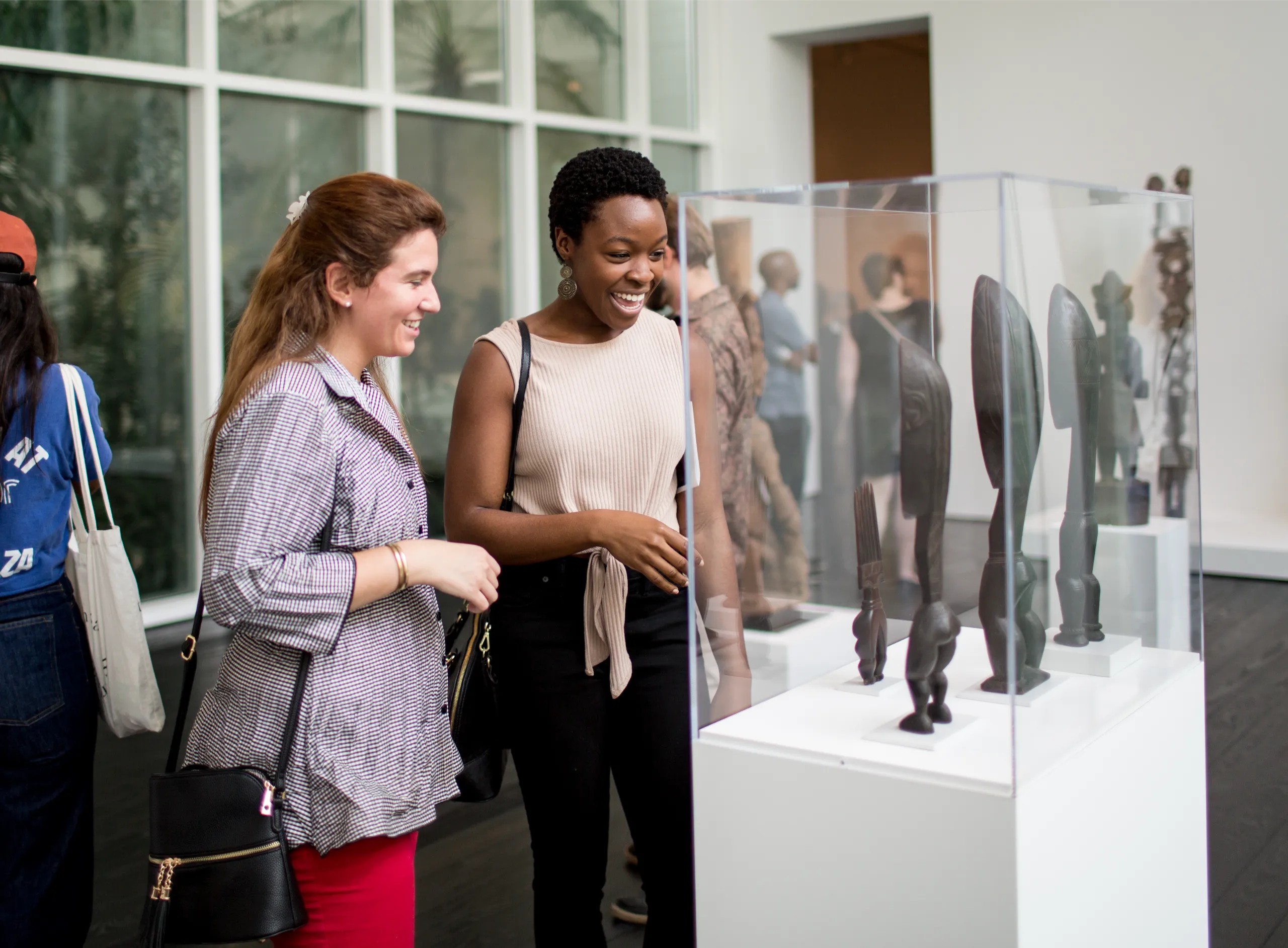







Meet Houston's Seven
State-Designated Cultural Districts
In 2005, the Texas Legislature authorized the Texas Commission on the Arts (TCA) to designate Cultural Districts in cities across Texas. Today there are 52 Cultural Districts across Texas, seven of which are located in Houston, the most-state-designated Cultural Districts in any Texas city. The TCA defines Cultural Districts as special zones that harness the power of cultural resources to stimulate economic development and community vitality. The Cultural Districts are intended to become focal points for generating business, attracting tourists, stimulating cultural development, and fostering civic pride.
16 years after the program was established, the Houston Cultural Districts began meeting regularly to share concerns about preserving, strengthening, and sustaining their districts. They recognized that as a group they could work together to address these concerns and achieve common goals. In 2022, the Houston Cultural Districts received funding from Houston Endowment to undertake a collective visioning project, including an evaluation to better understand the collective quality of life and economic impact their Districts make on Houston.
Together, the Houston Cultural Districts represent a broad cross-section of the diverse neighborhoods and arts experiences that make Houston so unique. While each has a distinct identity, operating structure, function, and goal, each Cultural District uses art as a tool to educate, inspire, and improve quality of life while supporting their community and Houston’s economy.
What Are the Seven Houston Cultural Districts?
Houston’s Cultural Districts (HCDs) collectively represent a cross-section of the diverse neighborhoods and arts experiences that make Houston unique. While each district has its distinct identity, function, and goal, all of them utilize art and culture to educate, entertain, and enhance the quality of life. Moreover, they play a crucial role in supporting our community and city economy.
Collectively the Cultural Districts share a desire to preserve, strengthen, and sustain their districts. This, in turn, will attract investment, economic growth, and creative/cultural engagement — not only to the Cultural Districts, but for the arts across Houston.
What Are the Seven Houston Cultural Districts?
Houston’s Cultural Districts (HCDs) collectively represent a cross-section of the diverse neighborhoods and arts experiences that make Houston unique. While each district has its distinct identity, function, and goal, all of them utilize art and culture to educate, entertain, and enhance the quality of life. Moreover, they play a crucial role in supporting our community and city economy.
Collectively the Cultural Districts share a desire to preserve, strengthen, and sustain their districts. This, in turn, will attract investment, economic growth, and creative/cultural engagement — not only to the Cultural Districts, but for the arts across Houston.
Website Design & Development by Padrón & Co.